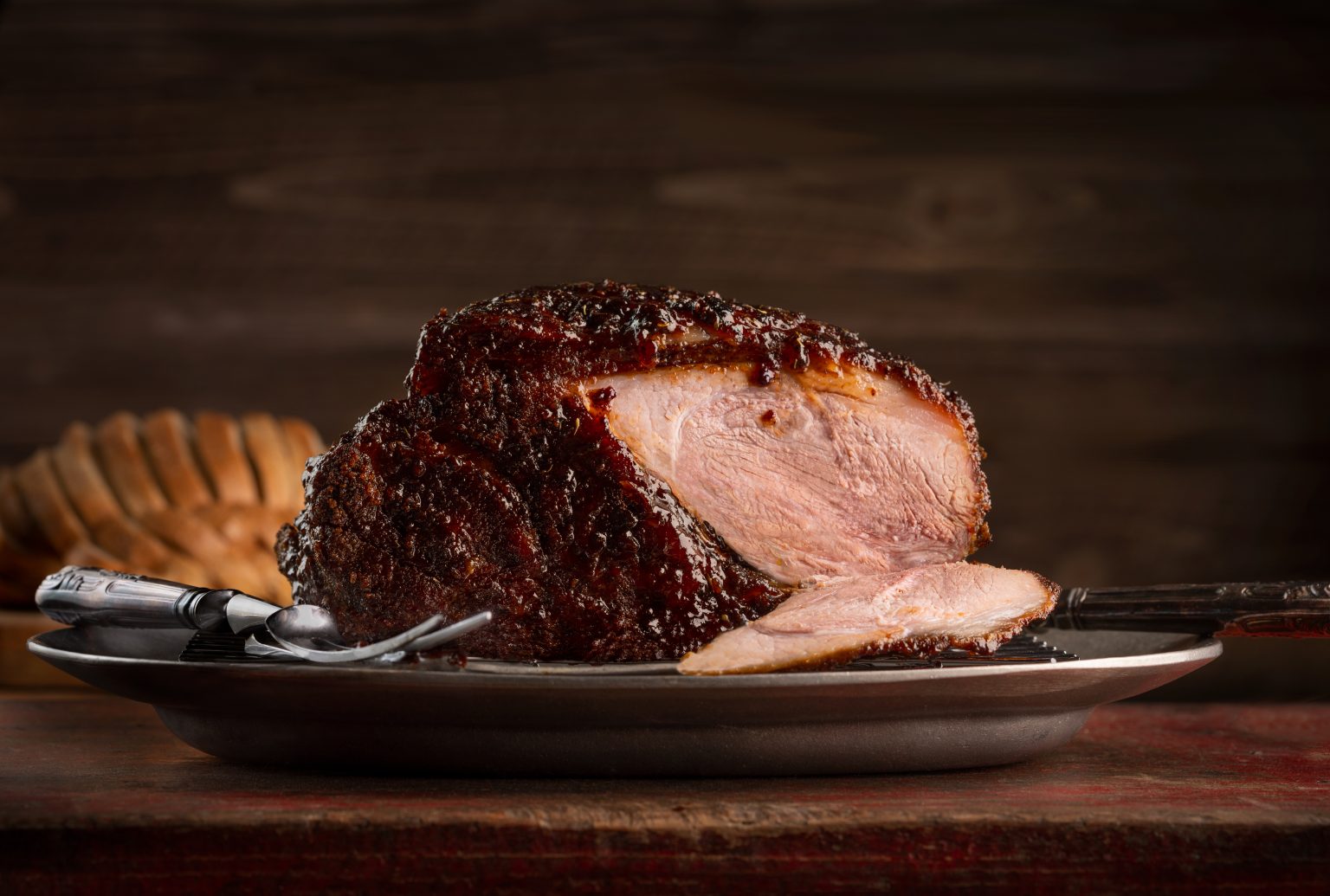Pork butt and pork shoulder are often confused due to their names, but they are two distinct cuts of meat from the shoulder of the pig. Pork butt, also known as Boston butt, comes from the upper part of the shoulder and contains more fat and marbling, making it ideal for slow-cooking methods like roasting and stewing. In contrast, pork shoulder, sometimes called picnic shoulder, comes from the lower part of the shoulder near the front leg and is leaner and tougher.
These differences in fat content and muscle structure mean that each cut is best suited for different types of recipes. Pork butt’s fat and marbling provide a rich flavour and tender texture when cooked slowly, while pork shoulder’s leaner composition benefits from methods that help break down its muscle fibres, like braising or smoking. Understanding which cut to use can vastly improve the results of your pork dishes.
When choosing between pork butt and pork shoulder, consider what you plan to cook. If you’re looking to make pulled pork or a succulent roast, pork butt is your best bet. For dishes needing a leaner cut with a more defined shape, such as pork tacos or stews, pork shoulder may be the better option. By selecting the right cut, you can ensure optimal flavour and texture in your culinary creations.
Anatomy and Butchery
Pork shoulder and pork butt, while both originating from the shoulder region of the pig, differ in their anatomical placement and fat content. This influences their uses and butchery techniques.
Primal Cuts and Their Origins
Pigs are divided into primal cuts, which are the main sections of the animal. The shoulder primal cut comes from the upper portion, near the front legs. This area provides pork shoulder and pork butt. The shoulder primal is divided further into subprimal cuts, including the neck and leg areas. It serves as a base for multiple types of cuts.
Subprimal Cuts: Boston Butt and Picnic Shoulder
Pork butt, also known as Boston butt, is a subprimal cut from the top portion of the shoulder. It tends to be rectangular and contains a higher fat content and marbling. This cut is ideal for slow cooking and pulled pork due to its tenderness after long cooking times.
Picnic shoulder, another subprimal cut, comes from the lower part of the shoulder, near the front legs. It has less marbling and is more muscular. The picnic shoulder is often used for dishes that require a longer cooking time to break down its tougher texture.
Butchers and Cut Variations
Butchers play a crucial role in separating these cuts. The pork butt may sometimes come with a bit of the shoulder blade, which adds flavour during cooking. They ensure the correct separation of the Boston butt and picnic shoulder for different culinary uses.
Cut variations can depend on the region and the butcher’s techniques. In some areas, the pork shoulder is kept whole, while in others, it is divided more precisely into Boston butt and picnic shoulder. Subprimal cuts like these enable cooks to choose the best cut for their specific recipes.
Cooking and Culinary Uses
Pork butt and pork shoulder, while similar, shine in different cooking methods due to their varying fat content and structure. They lend themselves to a range of dishes, from tender pulled pork to rich stews and crispy carnitas.
Texture and Fat Content
Pork butt has a higher fat content and more marbling than pork shoulder. This makes it very tender when cooked slowly. The texture is soft and easy to shred, which is perfect for pulled pork.
Pork shoulder, in contrast, is a bit leaner and has more muscle. This cut is still tender when cooked properly, but it requires more careful cooking to avoid drying out.
Marbling and Moisture Retention
Good marbling means the fat is well-distributed within the meat. Pork butt is known for its superior marbling, which helps retain moisture and adds rich flavour during cooking.
Pork shoulder has less marbling, but it benefits from cooking methods like brining and slow cooking to keep it juicy and flavourful. Keeping the skin on can also help retain moisture.
Preparation Techniques: Brining and Seasoning
Brining is highly recommended for both cuts, especially dry brining with salt and spices. This helps to tenderise the meat and enhance flavour.
Seasoning should be bold and can include common ingredients like garlic, chili powder, and paprika. Using a rub and allowing it to marinate can make a big difference in flavour.
Popular Recipes: Pulled Pork, Stews, and Carnitas
Pulled pork is a go-to recipe for pork butt due to its high fat content and marbling, which break down beautifully during slow cooking.
Stews made with pork shoulder benefit from its leaner profile and ability to hold up in long, slow-cooked dishes. The meat becomes incredibly tender when stewed with vegetables and spices.
Carnitas is another favourite for pork butt. The rich, fatty cut creates crispy and flavourful carnitas when cooked correctly.
Cooking Methods: Smoking, Braising, and Roasting
Smoking pork butt at a low temperature for several hours intensifies its smoky flavour and makes it perfect for barbecues. The fat melts slowly, keeping the meat tender.
Braising is ideal for pork shoulder. Cooking it slowly in liquids like broth or wine softens the meat and enriches its flavours.
Roasting can be used for both cuts. For pork shoulder, roasting with the skin on results in crackling-crisp skin, a delight for any meal. Bone-in or boneless, both cuts perform well when roasted.
Pork butt and pork shoulder are versatile and affordable. Using the right techniques and recipes, both cuts can be turned into delicious and tender dishes that will satisfy any palate.



